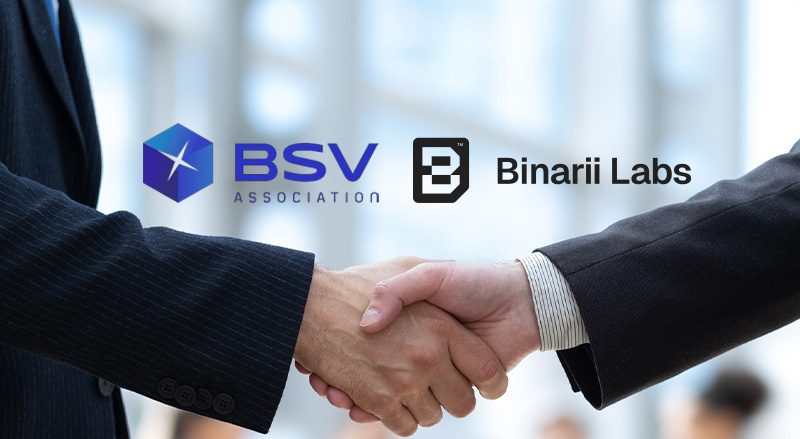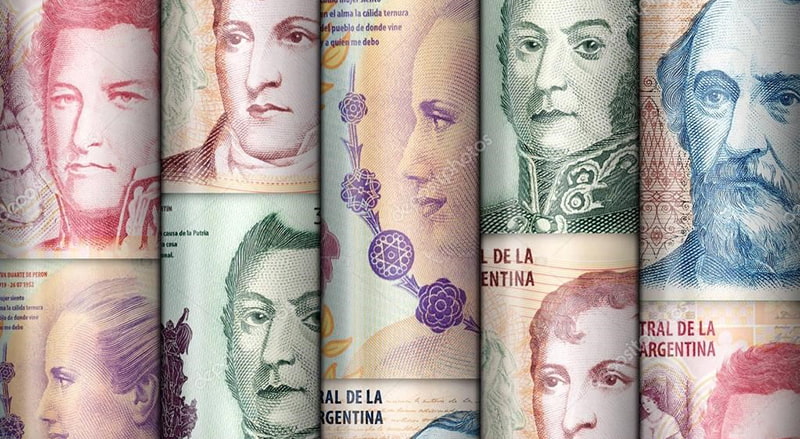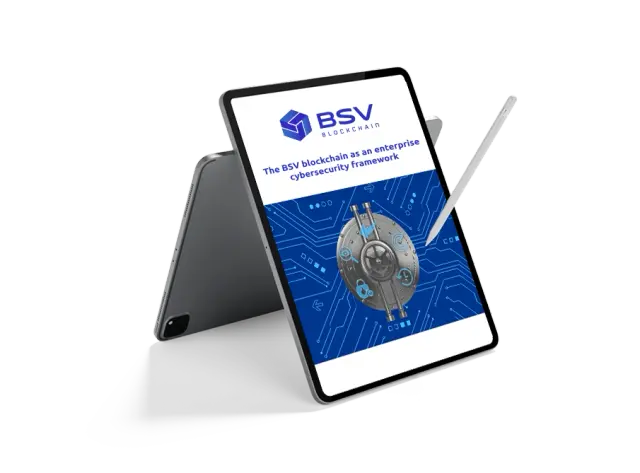Enterprise blockchain technology continues to revolutionize industries, and the art sector is no exception. Leveraging the scalable and efficient BSV blockchain, digital art is witnessing transformative use cases, driven by non-fungible tokens (NFTs) and tokenisation.
For the first time in years, the digitisation of art is empowering creators, tipping the scales in favour of artists by ensuring they receive fair value and recognition for their work. The BSV blockchain’s capabilities allow digital art to transcend traditional limitations, offering a robust platform for identity, ownership, and improved revenue streams.
Preserving identity and ownership
Through NFTs on the BSV blockchain, artists can inscribe their identities permanently onto their digital creations. This ensures that even after multiple secondary sales, creators retain undeniable proof of ownership and authorship. The tamper-proof nature of the BSV blockchain ledger enhances this process, allowing artists to maintain their rights without fear of fraud or misrepresentation.
NFTs also enable creators to explore innovative styles and concepts. The scarcity factor inherent in digital assets, combined with the immutability of the BSV blockchain, boosts the value and uniqueness of each artwork. Moreover, unlike traditional art, digital art on the BSV blockchain sidesteps logistical challenges like shipping or custody, with patrons easily storing their NFTs on mobile devices.
Revenue and accessibility
Perhaps the most significant impact of the BSV blockchain is on revenue generation for artists. By eliminating intermediaries, creators can sell directly to consumers, saving significant fees and ensuring they receive a larger share of profits. The global reach of the BSV blockchain enables artists to tap into new markets, explore cutting-edge licensing solutions, and even crowdfund projects seamlessly.
For art enthusiasts, digital art on the BSV blockchain offers the assurance of purchasing original works directly from creators. The blockchain’s transparency ensures that ownership records are easily verifiable, with a reliable and permanent history of transactions.
Collectors also benefit from the financial opportunities presented by NFTs. On the BSV blockchain, holders can resell their NFTs at significant profits or engage in fractional ownership, broadening the accessibility of valuable art to a wider audience. This democratisation eliminates exclusivity barriers typically associated with traditional art galleries.
Addressing challenges
Despite its advantages, the integration of blockchain with art introduces new challenges. The commodification of art remains a concern for some creators, who fear commercial interests may overshadow artistic expression.
However, the BSV blockchain addresses several other industry challenges effectively. Unlike energy-intensive blockchains, the BSV blockchain’s energy-efficient design mitigates environmental concerns, making it a sustainable choice for NFT minting. The platform also provides robust solutions for issues like market volatility and intellectual property disputes, offering mechanisms to protect creators from unauthorized alterations to their works.
The BSV blockchain fosters a decentralised ownership model, eliminating the need for traditional art institutions or intermediaries. This peer-to-peer ecosystem promotes transparency and simplicity in art ownership. For both artists and collectors, the BSV blockchain represents a groundbreaking way to create, share, and invest in art.
By offering scalability, efficiency, and transparency, the BSV blockchain is redefining the art world, making it more inclusive, accessible, and rewarding for all participants.






